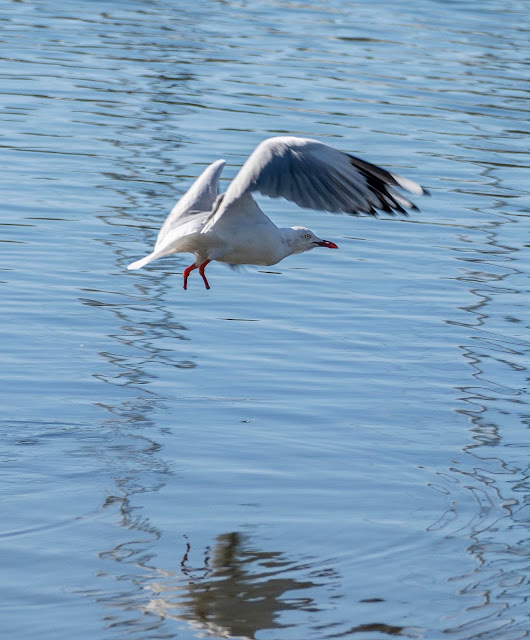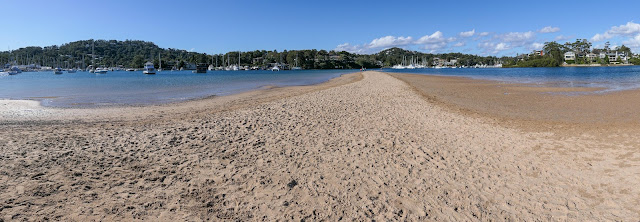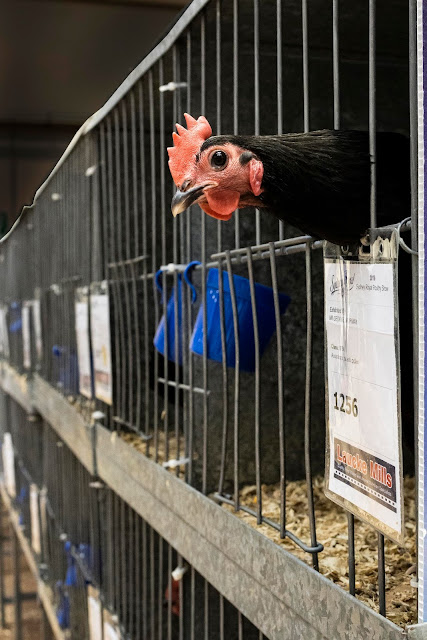Panasonic FZ300 vs FZ80 Bridge camera comparison
Panasonic has an energetic presence in the fixed zoom lens camera market.
One popular fixed zoom type is the so-called “bridge” camera. This type looks like and in many respects operates like an ILC with a zoom lens attached. But on a bridge type the lens is fixed and usually has a very large zoom range.
Some cameras of this type use the so-called “one inch” sensor which actually has a diagonal of 15.9mm, go figure.
Others including the cameras featured in this post have the confusingly named “1/2.3 inch” sensor which has a diagonal of about 7.67mm (there is no fixed dimension). This gives an area about 1/4 that of the “one inch” type.
The makers don’t say but I believe Sony likely makes all the sensors for this type of camera.
In the recent past the slightly larger 9.3mm imaging sensor was popular for fixed zoom cameras but this appears to have been abandoned by consensus or maybe Sony no longer makes that size.
On the specifications the FZ300 and FZ80 appear very similar. Each fits my criteria for a “proper camera” with a good sized handle and thumb support, EFV over the lens axis, monitor, a set of controls to appeal to the enthusiast user and a built in flash.
Both these cameras lie in the “goldilocks zone” of size/mass/price/versatility/capability. They are lighter and more compact than, for instance the FZ1000 and for that reason often appeal to users who find the FZ1000 a bit large and heavy for their taste.
 |
| FZ300 on the left FZ80 on the right. These two cameras look very similar and are to a couple of millimeters the same size but the FZ300 is the much better camera. |
Each has an extensive list of specs and capabilities which you can read about elsewhere.
They can do AF Continuous with burst mode, 4K video and photo, in camera auto panorama, and much more.
Each is responsive and fast in operation with efficient well designed controls.
Each is far more advanced than models from other makers in performance, capabilities and operation.
On the headline numbers the FZ80 might appear to have an advantage with more pixels on the sensor and a much greater zoom range.
 |
| FZ300 on the left |
And the FZ80 costs less. Australian retail prices as I write this are around $672 for the FZ300 and $529 for the FZ80.
I have been working with both cameras over the last three months in the process making many thousands of photos.
This experience has taught me that comparing cameras by listed specifications is an almost completely useless and potentially misleading activity.
In practice the FZ300 is by far the better camera.
 |
| FZ300 Queen Victoria Building Sydney. This presents strongly even at large print size |
Within its (equivalent) 25-600mm focal length range it does absolutely everything better than the FZ80.
It is better built. All mechanical functions work better. The zoom is smoother, the buttons and dials work better and the OIS is much more reliable and effective.
The FZ300 viewfinder and eyepiece are hugely better.
The FZ300 monitor is fully articulated and is of better quality than the fixed one on the FZ80.
Everything else on the FZ300 is better: the lens, autofocus single and continuous, the buffer for RAW files and much more.
Whatever you may find inside these cameras the version in the FZ300 works better than that in the FZ80.
In addition the FZ300 comes with a reversible petal type lens hood, the higher capacity BLC12 battery and a separate charger.
Image quality from the FZ300 is consistently better at every comparable focal length and ISO sensitivity setting.
The experience of using the FZ300 is much nicer than the FZ80, due to the higher grade viewfinder, articulated monitor, better controls and higher performance especially when using AFC and Burst Mode.
 |
| FZ300 Fun runners. No problem for the FZ300. I made 400 shots of the runners using AFC and Burst M. 398 were in sharp focus and correctly exposed. |
In the real world the only advantage the FZ80 has over the FZ300 is the zoom range which extends significantly wider and twice as long. But even that advantage is less real than the specifications might suggest.
Why ?
* Because as the lens zooms out the FZ300 stays always at f2.8 but the FZ80 drops to f5.6-5.9. This means the FZ80 has to use an ISO setting 2 stops higher or a shutter speed 2 EV steps slower to the detriment of picture quality.
* The optical image stabiliser on the FZ300 is more reliable and effective than that on the FZ80.
* The FZ80 lens sharpness declines significantly towards the long end.
So, Is the FZ80 useful for anything ?
My answer to this is a possible maybe, with strong reservations.
My main use for the FZ80 has been to photograph birds. For this the FZ300 lens often comes up a bit short so the temptation is to use the model with the longer lens. Unfortunately I have to say that the keeper rate with the long end of the FZ80 is very low. The majority of my bird shots are blurred, several with double imaging (jitter) due to camera shake which is a consequence of the low shutter speeds to which this camera must resort if ISO settings are to remain low. Add in the noisy sensor and mediocre lens quality at the long end and the results are frequently unsatisfactory.
The FZ300 within its (still considerable) focal length range is good for almost any purpose outdoors and for most reasonably static subjects indoors as long light levels are not very low.
I would not use the FZ300 for close-to-the-action indoor sports such as basketball, but it would be quite good for longer shots for instance of volleyball including half the field of play or more.
I also have plenty of good bird photos made with the FZ300. One just has to get in close as long as the bird will permit. Some will allow you in close, some won’t.
My recommendation ?
Buy the FZ300 with confidence for all general photography. It is one of the best do-everything-all-in-one package cameras on the market today.
Maybe, get the FZ80 as an experiment to see if you can extract some decent pictures from it. This is easy enough in the middle of the zoom range, not so easy at the wide end and frustratingly difficult at the long end.
I do not recommend the FZ80 as one’s only or main camera.
Comment
I would like to see Panasonic abandon the el-cheapo FZ70/80 line and make a product with the same body, controls and standard of construction as the FZ300 or its successor whatever that may be. This would have a lens with the same focal length range as the FZ80 but with better optical quality, focus and stabiliser.
As it stands I think the FZ80 is not worth the asking price, low as that is. The 27% more expensive FZ300 is a much better camera and better value for money.





Nhận xét
Đăng nhận xét